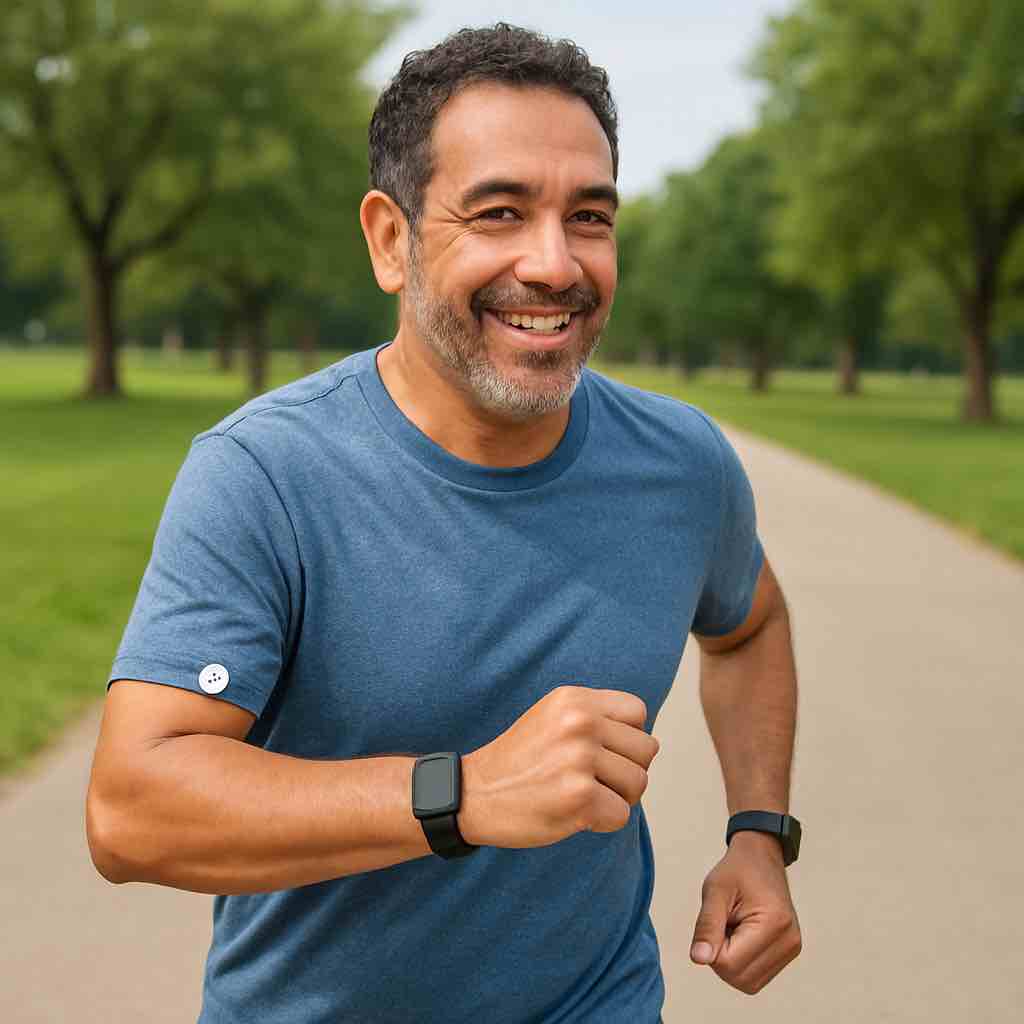Regular physical activity is one of the most powerful tools for managing diabetes. Exercise helps lower blood sugar, improves insulin sensitivity, strengthens your heart, and boosts your overall well-being. If you’re new to exercise or returning after a break, this guide will help you get moving safely and effectively.
Benefits of Exercise for Diabetes Management
When you have diabetes, the advantages of regular physical activity go beyond general fitness:
Improved Blood Sugar Control: Exercise helps your muscles use glucose for energy, which can lower your blood sugar levels during and after activity.
Enhanced Insulin Sensitivity: Regular physical activity makes your body’s cells more responsive to insulin, allowing it to work more efficiently.
Weight Management: Exercise burns calories and builds muscle, which can help maintain a healthy weight or support weight loss goals.
Cardiovascular Health: Physical activity strengthens your heart and improves circulation, reducing your risk of heart disease and stroke—conditions that people with diabetes are more vulnerable to.
Stress Reduction: Exercise releases endorphins that reduce stress and anxiety, which can affect blood sugar levels.
Better Sleep: Regular activity can improve sleep quality, which also impacts blood glucose management.
Types of Exercise Recommended
A well-rounded exercise program for diabetes management includes three main types of physical activity:
Aerobic Exercise: Activities that increase your heart rate and breathing, such as:
- Walking
- Cycling
- Swimming
- Dancing
- Water aerobics
Aim for at least 150 minutes of moderate-intensity aerobic activity spread throughout the week.
Strength Training: Exercises that build muscle strength, such as:
- Weight lifting
- Resistance band exercises
- Body weight exercises (push-ups, squats)
- Pilates
Include strength training at least 2-3 times per week, working all major muscle groups.
Flexibility and Balance: Activities that improve range of motion and stability, such as:
- Stretching
- Yoga
- Tai Chi
These exercises complement aerobic and strength activities and may help prevent injuries.
How Activity Affects Blood Sugar
Understanding how exercise impacts your blood glucose can help you exercise safely:
Aerobic Exercise typically lowers blood sugar during and after activity as your muscles use glucose for fuel.
High-Intensity or Strength Training may temporarily increase blood sugar due to the stress response, but generally helps lower blood sugar hours later.
Timing Matters: Exercise after meals, when blood sugar is naturally higher, may help prevent post-meal spikes.
Duration and Intensity: Longer or more intense workouts have a greater and more prolonged effect on blood sugar.
Safety Precautions When Exercising
Safety should always be your priority when starting an exercise program with diabetes:
Check Your Blood Sugar before, during (for longer sessions), and after exercise:
- If below 100 mg/dL, have a small carbohydrate snack before starting
- If above 250 mg/dL and you have type 1 diabetes, check for ketones and avoid intense exercise if ketones are present
- If above 300 mg/dL, it’s generally advisable to delay exercise
Stay Hydrated by drinking water before, during, and after activity.
Carry Fast-Acting Carbohydrates like glucose tablets, juice, or hard candy in case your blood sugar drops during exercise.
Wear Proper Footwear and inspect your feet before and after exercise, especially if you have neuropathy.
Wear Medical Identification that indicates you have diabetes.
Adjust Medication as Needed, in consultation with your healthcare provider. You may need to reduce insulin or certain medications before planned exercise.
Listen to Your Body and stop if you feel dizzy, weak, or experience unusual symptoms.
Starting a Sustainable Routine
The best exercise program is one you can maintain long-term:
Start Slowly: Begin with just 5-10 minutes of activity if you’re currently inactive, and gradually increase duration and intensity.
Find Activities You Enjoy: You’re more likely to stick with exercise you find pleasant or fun.
Set Realistic Goals: Aim for progress, not perfection. Even small amounts of activity provide benefits.
Create a Schedule: Plan your exercise sessions in advance and treat them as important appointments.
Track Your Progress: Keep a record of your activities and how they affect your blood sugar to identify patterns.
Find Support: Exercise with a friend, join a class, or connect with a diabetes exercise group for motivation and accountability.
Be Flexible: Have indoor and outdoor options available so weather doesn’t derail your plans.
Sample Beginner’s Walking Program
Walking is one of the best exercises for people with diabetes‚Äîit’s free, requires minimal equipment, and can be done almost anywhere. Here’s a simple 6-week program to get started:
Week 1: Walk 10 minutes, 5 days per week Week 2: Walk 12 minutes, 5 days per week Week 3: Walk 15 minutes, 5 days per week Week 4: Walk 18 minutes, 5 days per week Week 5: Walk 20 minutes, 5 days per week Week 6: Walk 25-30 minutes, 5 days per week
Remember to include a few minutes of gentle walking to warm up and cool down.
Moving Forward
Physical activity is a powerful tool for managing diabetes, but it’s important to approach it safely and sustainably. Begin with a 10-minute daily walk and gradually increase your activity level as your fitness improves. Consult with your healthcare provider before starting any new exercise program, especially if you have complications such as heart disease, neuropathy, or retinopathy.
By making regular physical activity part of your diabetes management plan, you’re taking an important step toward better health and well-being.

